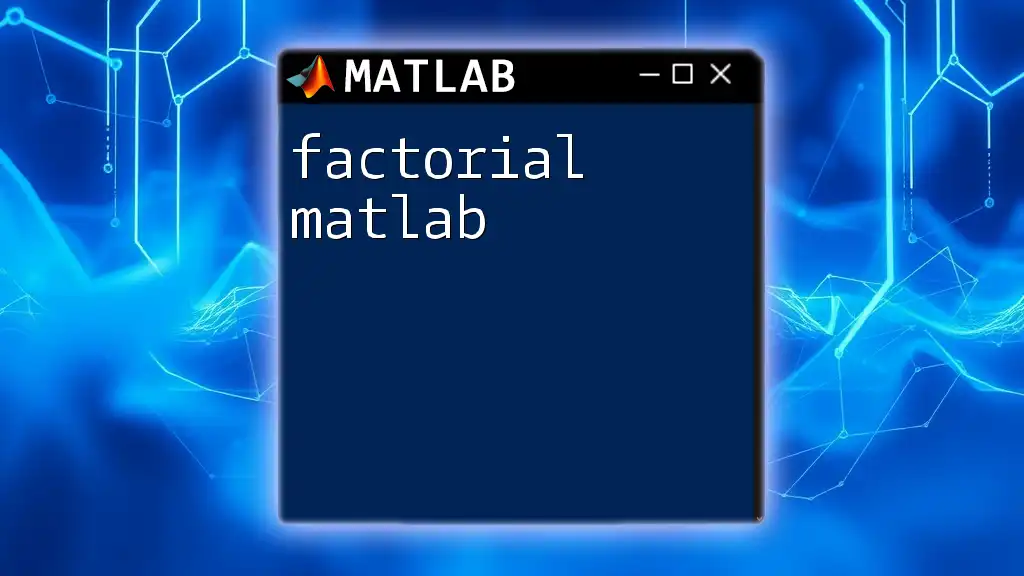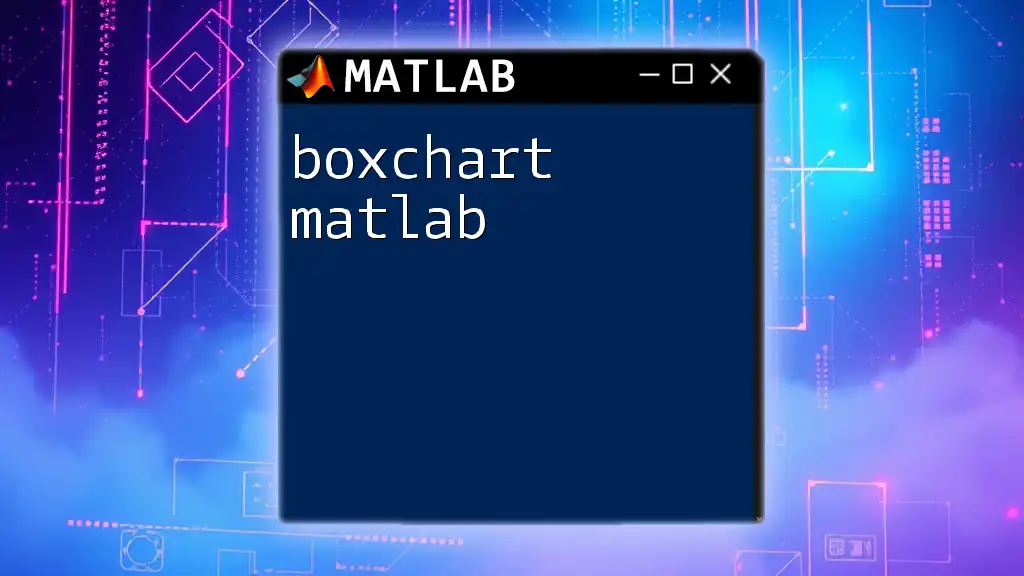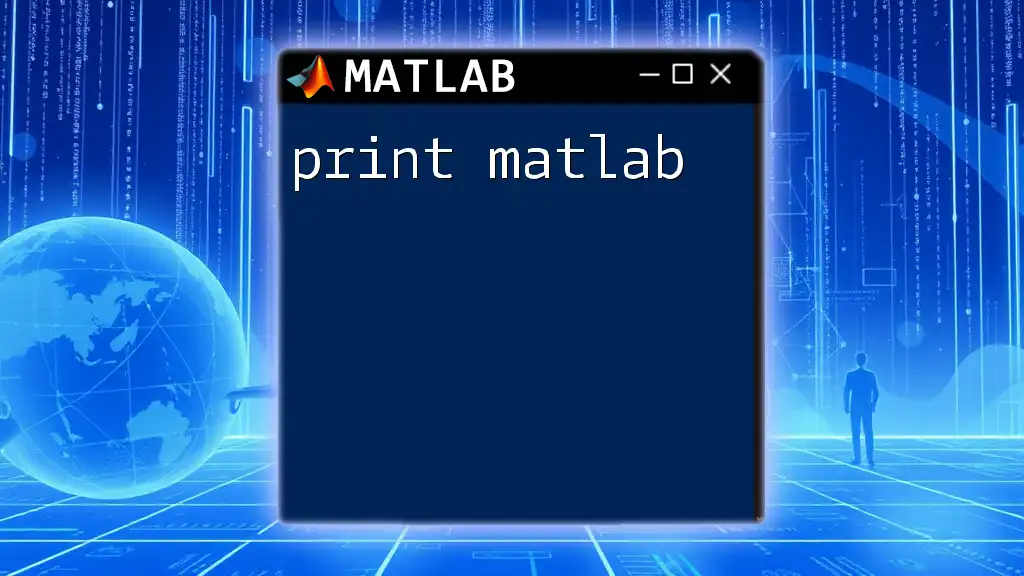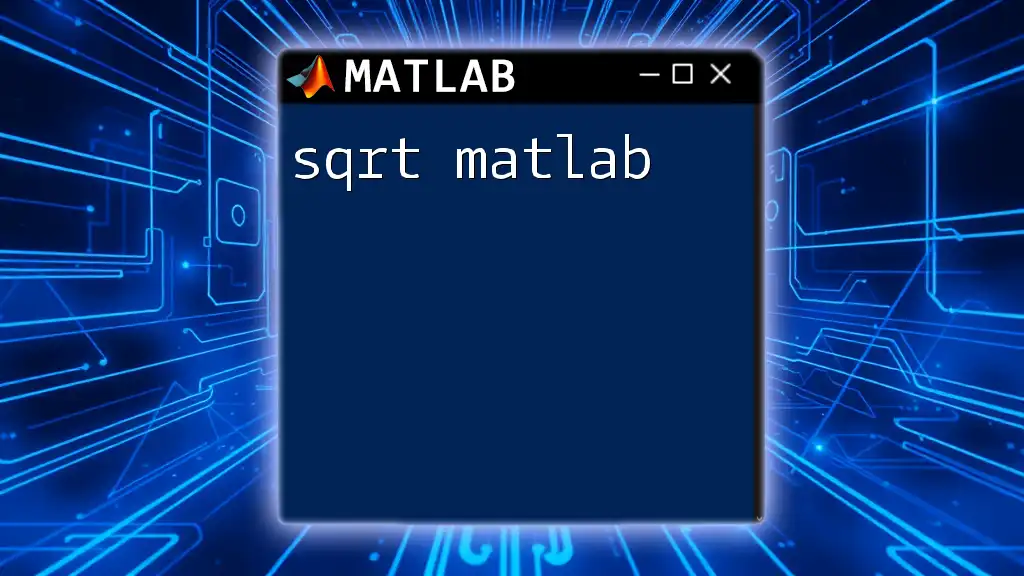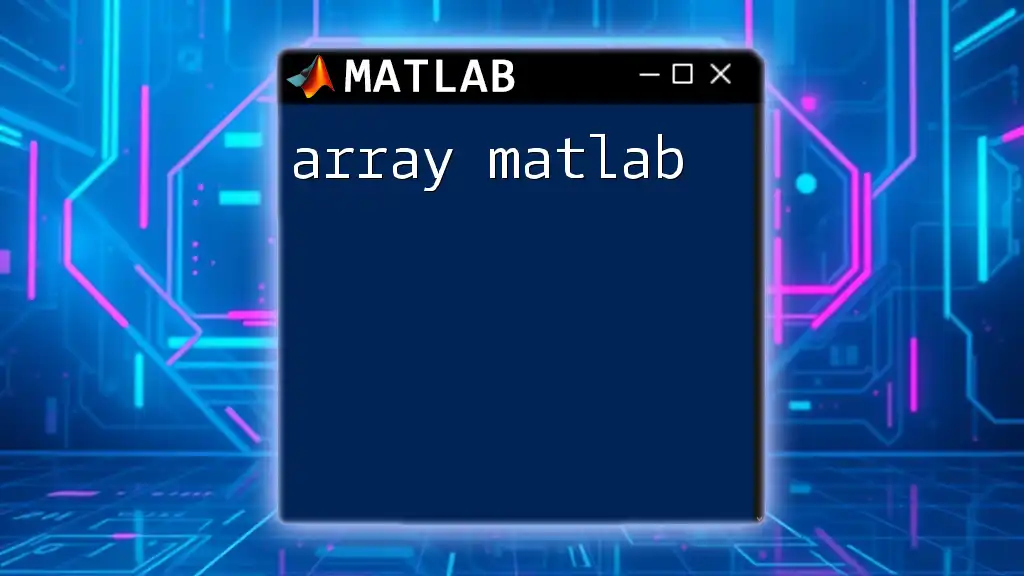The `horzcat` function in MATLAB is used to concatenate arrays horizontally (side by side).
Here's a code snippet demonstrating its usage:
A = [1, 2; 3, 4];
B = [5, 6; 7, 8];
C = horzcat(A, B);
Understanding Horizontal Concatenation
What is Horizontal Concatenation?
Horizontal concatenation is the process of joining two or more matrices or arrays side by side, essentially aligning them horizontally. This differs from vertical concatenation, where matrices are stacked on top of one another, forming a taller matrix. Understanding the distinction between these two methods is crucial for efficiently manipulating data in Matlab.
Why Use Horizontal Concatenation?
There are several benefits to using horizontal concatenation:
- Data Alignment: It allows for better alignment of related data, making it easier to analyze and visualize.
- Combining Features: In data analysis and machine learning, horizontal concatenation is often employed to combine different features from various datasets into a single feature matrix.
- Data Preprocessing: It simplifies the data cleaning and preprocessing steps by enabling the combination of numeric, categorical, and other data types into a cohesive format.

The `horzcat` Function in Matlab
Syntax of `horzcat`
The basic syntax of the `horzcat` function in Matlab is straightforward:
C = horzcat(A1, A2, A3, ...)
In this syntax, C represents the resulting matrix after concatenation, while A1, A2, A3, etc., are the matrices or arrays you want to concatenate horizontally. It's essential that all the matrices share the same number of rows; otherwise, Matlab will throw an error.
Important Features of `horzcat`
- Data Types: The `horzcat` function is versatile and can concatenate various data types, including numerical arrays, cell arrays, and even tables.
- Dimension Constraints: All input arrays must have the same number of rows. If there’s a mismatch, you’ll receive an error message like "Dimensions of arrays being concatenated are not consistent."
- Empty Matrices: If any of the matrices is empty, `horzcat` simply ignores them, which can be beneficial for dynamically generated datasets.

Examples of Using `horzcat`
Basic Example
Here’s a simple example to demonstrate the horizontal concatenation using `horzcat`:
A = [1, 2; 3, 4];
B = [5, 6];
C = horzcat(A, B);
disp(C);
In this example, matrix A has dimensions of 2x2, and matrix B is a 1x2 matrix. The output will be:
1 2 5 6
3 4
Here, `horzcat` combines A and B, aligning them side by side.
Concatenating Multiple Arrays
You can concatenate multiple arrays at once using `horzcat`. Here’s how:
A = [1, 2];
B = [3, 4];
C = [5, 6];
D = horzcat(A, B, C);
disp(D);
This code will yield the following output:
1 2 3 4 5 6
It illustrates how `horzcat` can efficiently combine multiple arrays into a single matrix.
Handling Different Data Types
It’s also possible to combine numeric arrays with cell arrays. For instance:
A = [1, 2; 3, 4];
B = {'Hello', 'World'};
C = horzcat(A, B);
disp(C);
The output will display:
1 2 Hello
3 4 World
In this scenario, `horzcat` allows for the combination of numeric data with string values, showcasing its flexibility in handling different data types.

Practical Applications of `horzcat`
Data Preprocessing
In data preprocessing, `horzcat` is pivotal when merging datasets. For instance, when you have separate feature sets for a machine learning model, you can easily bring them together into a single matrix that the algorithm can use for training.
Creating Feature Matrices for Machine Learning
The creation of comprehensive feature matrices is vital in machine learning. By combining different types of data—like numerical attributes and categorical labels—using `horzcat`, you can prepare a robust dataset for effective model training. An example could look like this:
numericFeatures = [1.2, 2.3; 3.4, 4.5];
categoricalFeatures = {'A', 'B'; 'C', 'D'};
featureMatrix = horzcat(numericFeatures, categoricalFeatures);
disp(featureMatrix);
Visualization of Combined Data
Using `horzcat` can also facilitate visualization tasks. By concatenating datasets for plotting, one can generate clear visual representations of combined information which aids in analysis and interpretation.
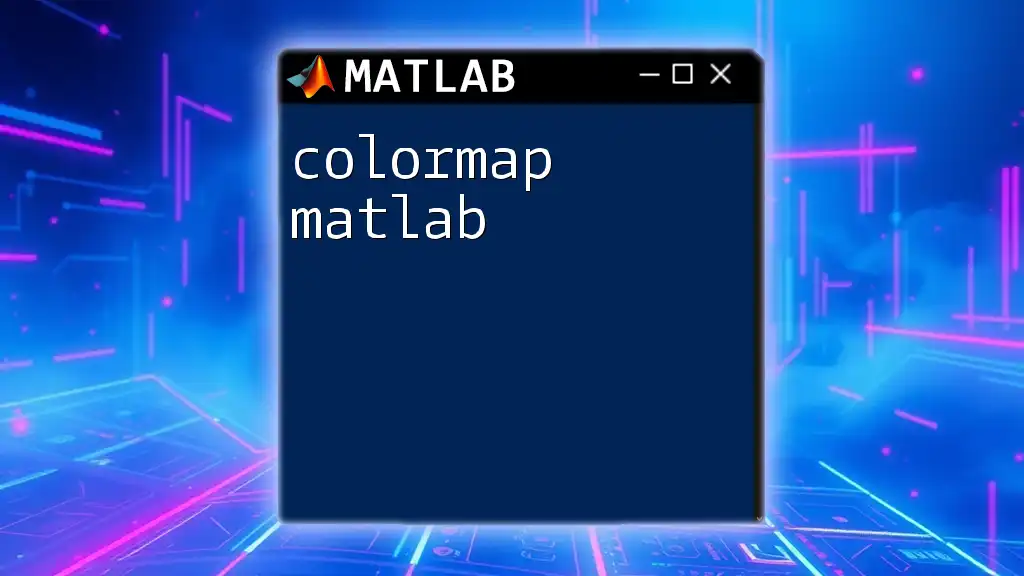
Common Issues and Troubleshooting
Dimension Mismatch Errors
One of the most common issues arises from dimension mismatches. Always ensure that the matrices you want to concatenate have the same number of rows. If you face this error, check the dimensions of your matrices using the `size` function to debug.
Working with Empty Matrices
The behavior of `horzcat` with empty matrices is important to understand. If any input matrix is empty, it will not affect the result. This feature allows for greater flexibility in programs where data might dynamically change.
Performance Considerations
Optimizing performance when concatenating large datasets can be essential, especially in data-heavy applications. Aim to minimize the number of concatenation operations inside loops. Instead, concatenate all arrays at once whenever possible, as `horzcat` can sometimes be more efficient than repeatedly calling it within a loop.
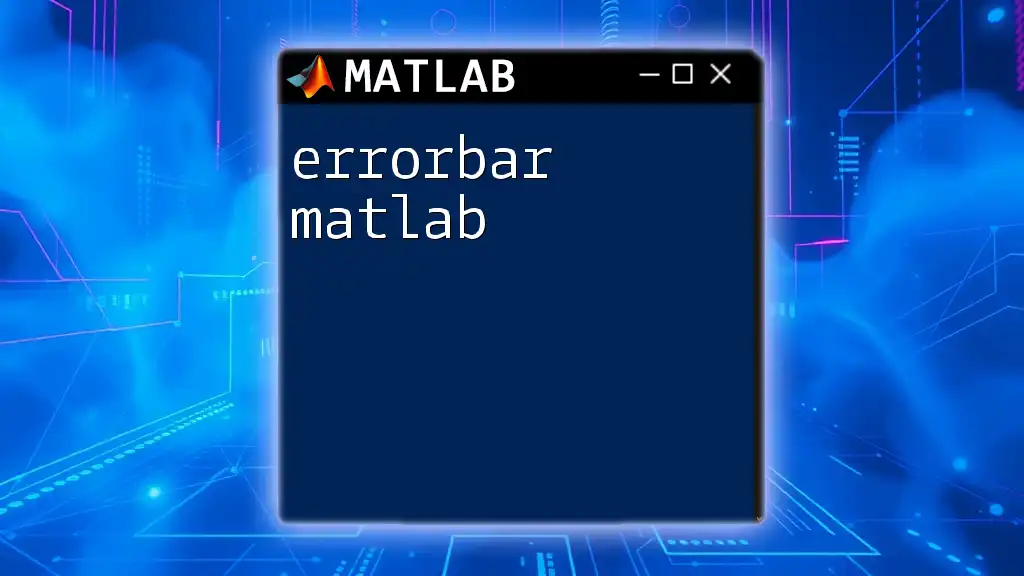
Conclusion
In mastering `horzcat matlab`, you empower yourself with an essential tool for data manipulation. Whether you're preparing data for analysis or creating intricate feature matrices, understanding and utilizing horizontal concatenation effectively can greatly enhance your coding experience in Matlab. As you practice with these examples and explore further, you’ll solidify your ability to manage and manipulate data efficiently.

Additional Resources
Links to Official Documentation
To deepen your knowledge, refer to [Matlab's official documentation on `horzcat`](https://www.mathworks.com/help/matlab/ref/horzcat.html) and explore other functions that complement its use.
Suggested Exercises
Finally, take some time to practice! Try combining various types of matrices and arrays, handling empty datasets, and troubleshooting dimension issues. Share your insights and questions in the comments as you refine your skills in Matlab!







